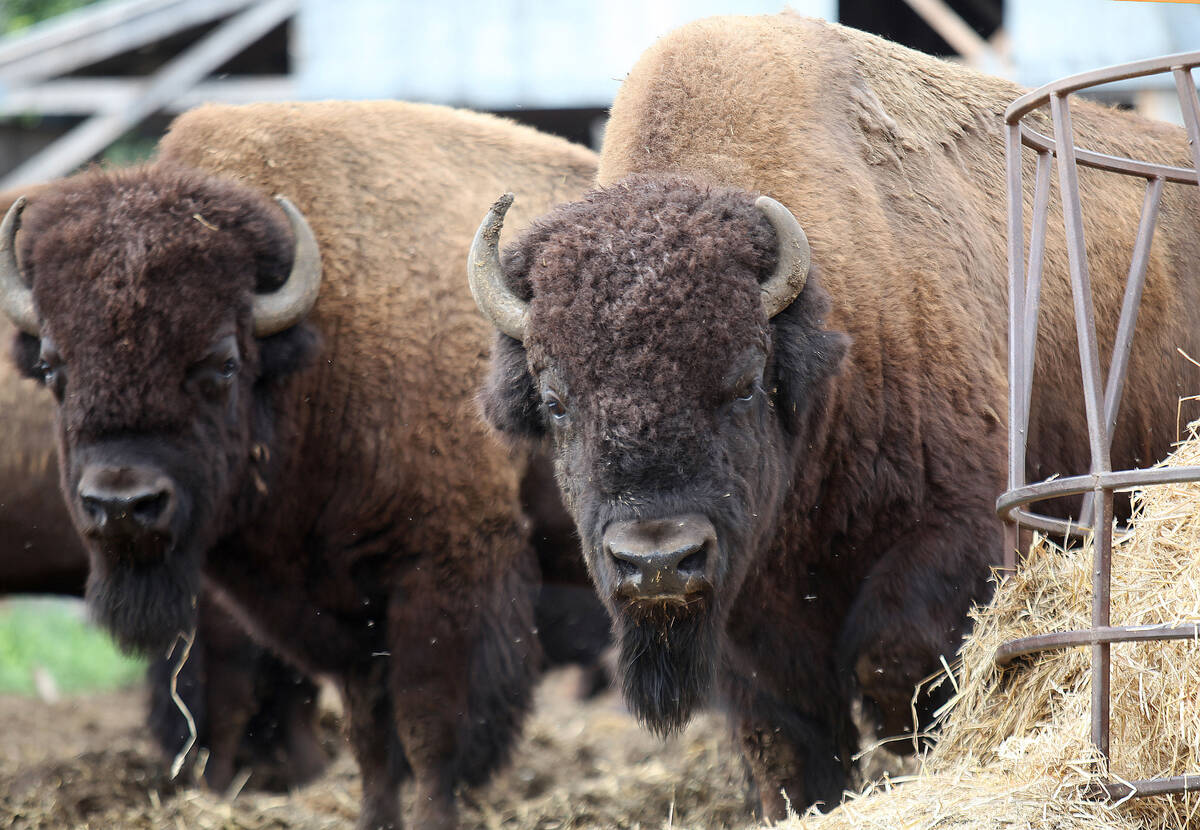“Will that grow here?”
In times of softer grain prices, there’s a renewed search for something different to grow. While some producers are committed to current rotations and aren’t interested in taking a chance on something different, others are keen to find more attractive cropping options.
This year, more producers are considering crops they haven’t grown in a long time, as well as crops they’ve never grown before.
Interest in soybeans started before the grain price downturn. They’ve been a success story in Manitoba and are also finding some success on the eastern side of Saskatchewan. Further west, the results have been mixed.
Read Also

Reconciliation and farming require co-operation to move ahead
Indigenous communities in North America were cultivating crops such as potatoes and corn long before anyone from Europe had heard of the crops.
Soybeans have enjoyed a lot of hype and the seed companies continue to develop varieties that will push the frontiers of the crop, but they’re not quite ready to take over the Prairies.
Saskatchewan’s Ministry of Agriculture estimates provincial acreage increased 59 percent in 2014 to 270,000 acres. However, the average yield is estimated at only 23 bushels per acre, making the crop less than an economic success for a majority of Saskatchewan growers. Soybeans are also garnering interest in Alberta. Interestingly, producers in southern Alberta continue to largely ignore lentils, despite the success of the crop across much of southern Saskatchewan.
In 2014, Saskatchewan farmers grew three million acres of lentils, while neighbouring Alberta had a measly 110,000 acres. Lentils are a major crop in west-central and southwestern Saskatchewan, but the crop mysteriously disappears in Alberta.
Going into the 2014 growing season, lentils didn’t look like a shining star economically. For 2015, contracts of around 25 cents a pound have been available for red lentils — a profitable starting point. It will be interesting to see whether this is enough to cause an acreage upswing in Wild Rose Country.
Canaryseed also remains an almost exclusive Saskatchewan domain.
The crop district around Kindersley has the largest canaryseed acreage in the province. No doubt someone is growing the crop in Alberta, but it’s too small to register in any of the statistics.
Canaryseed in Saskatchewan: 275,000 acres. Canaryseed in Alberta: officially zero. A small amount of canaryseed is grown in Manitoba, but with such a small number of growers, statistics are not published due to confidentiality.
Statistics show 20,000 acres of chickpeas in Alberta back in 2012. No chickpeas show up in the Alberta stats for 2013 and 2014. Saskatchewan had 170,000 acres last year.
At one time, Manitoba dominated prairie flaxseed production. In 2014, Manitoba had only 90,000 acres of flax. The crop has moved west into Saskatchewan where roughly 1.3 million acres were planted last year. Flax is even moving into Alberta. Their acreage of 130,000 topped what was grown in Manitoba.
This year, many minor acreage crops are getting a second look including fababeans, quinoa, hemp, coriander, carinata, camelina and buckwheat. Some have production issues and specific regions of adaptation. Most have limited markets and should only be grown under contract.
With each growing season being different, it often takes a few years to adequately assess a new crop. It’s seldom a magic bullet the first year.
Do your homework first on both production and marketing, but don’t be afraid to try something new-to-you on a small acreage if it appears promising. It’s also instructive to watch what the neighbours are doing. The acreage mix continues to evolve and the crops we’re growing could be quite different five or 10 years from now.

















